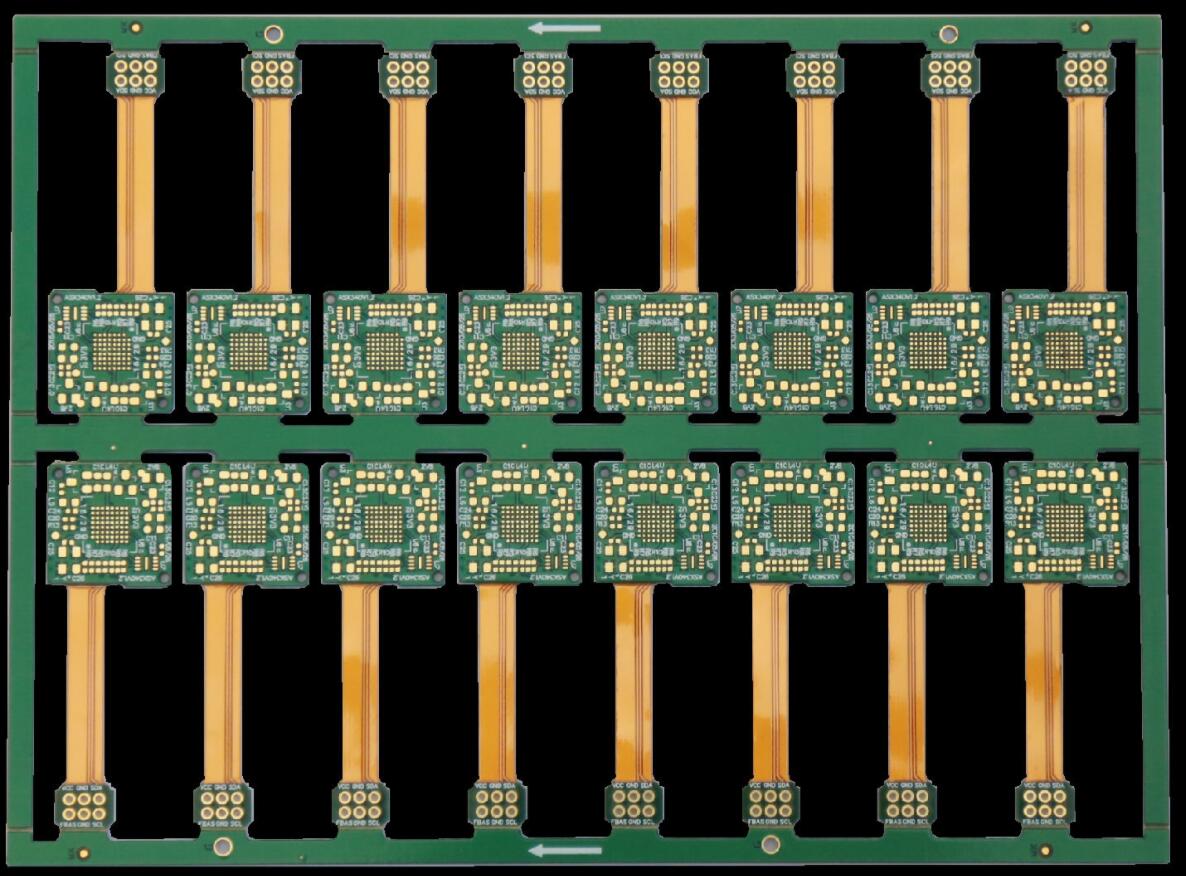In design, layout is an important part. The quality of the layout result will directly affect the effect of the wiring, so it can be considered that a reasonable layout is the first step for the successful PCB design of the circuit board factory.
There are two layout methods, one is interactive layout, and the other is automatic layout, which is generally adjusted by interactive layout on the basis of automatic layout. In the layout, the gate circuits can be redistributed according to the wiring conditions, and the two gate circuits can be exchanged to make it the best layout for easy wiring.
After the layout is completed, the design file and related information can also be returned and marked on the schematic diagram, so that the relevant information in the PCB board is consistent with the schematic diagram, so that future file building and design changes can be synchronized, and at the same time, the simulation Relevant information is updated to enable board-level verification of the electrical performance and function of the circuit.
Consider the overall beauty
The success of a product depends on the internal quality and the overall aesthetics. Only when both are perfect can the product be considered successful.
On a PCB board, the layout of components must be balanced, dense and orderly, and not top-heavy or heavy.

Layout check
Whether the size of the printed board is consistent with the size of the processing drawing, whether it can meet the requirements of the PCB manufacturing process, and whether there is a positioning mark.
Whether the components conflict in two-dimensional and three-dimensional space.
Whether the layout of the components is dense and orderly, neatly arranged, and whether they are all laid out.
Can the components that need to be replaced frequently be easily replaced? Is it convenient for the plug-in board to be inserted into the device?
Whether there is a proper distance between the thermal element and the heating element.
Whether it is convenient to adjust the adjustable components.
Where heat dissipation is required, if a radiator is not installed, and whether the air flow is unobstructed.
Whether the signal flow is smooth and the interconnection is shortest.
Whether the plug, socket, etc. contradict the mechanical design.
Whether the interference of the line has been considered.